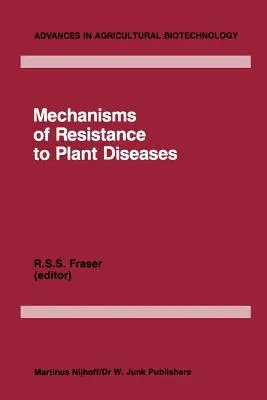Mechanisms of Resistance to Plant Diseases (Softcover Reprint of the Original 1st 1985)Paperback - Softcover Reprint of the Original 1st 1985, 2 October 2011

Qty
1
Turbo
Ships in 2 - 3 days
In Stock
Free Delivery
Cash on Delivery
15 Days
Free Returns
Secure Checkout
Part of Series
Advances in Agricultural Biotechnology
Print Length
462 pages
Language
English
Publisher
Springer
Date Published
2 Oct 2011
ISBN-10
9401087768
ISBN-13
9789401087766
Description
Product Details
Book Edition:
Softcover Reprint of the Original 1st 1985
Book Format:
Paperback
Country of Origin:
NL
Date Published:
2 October 2011
Dimensions:
23.39 x
15.6 x
2.44 cm
ISBN-10:
9401087768
ISBN-13:
9789401087766
Language:
English
Location:
Dordrecht
Pages:
462
Publisher:
Weight:
662.24 gm

